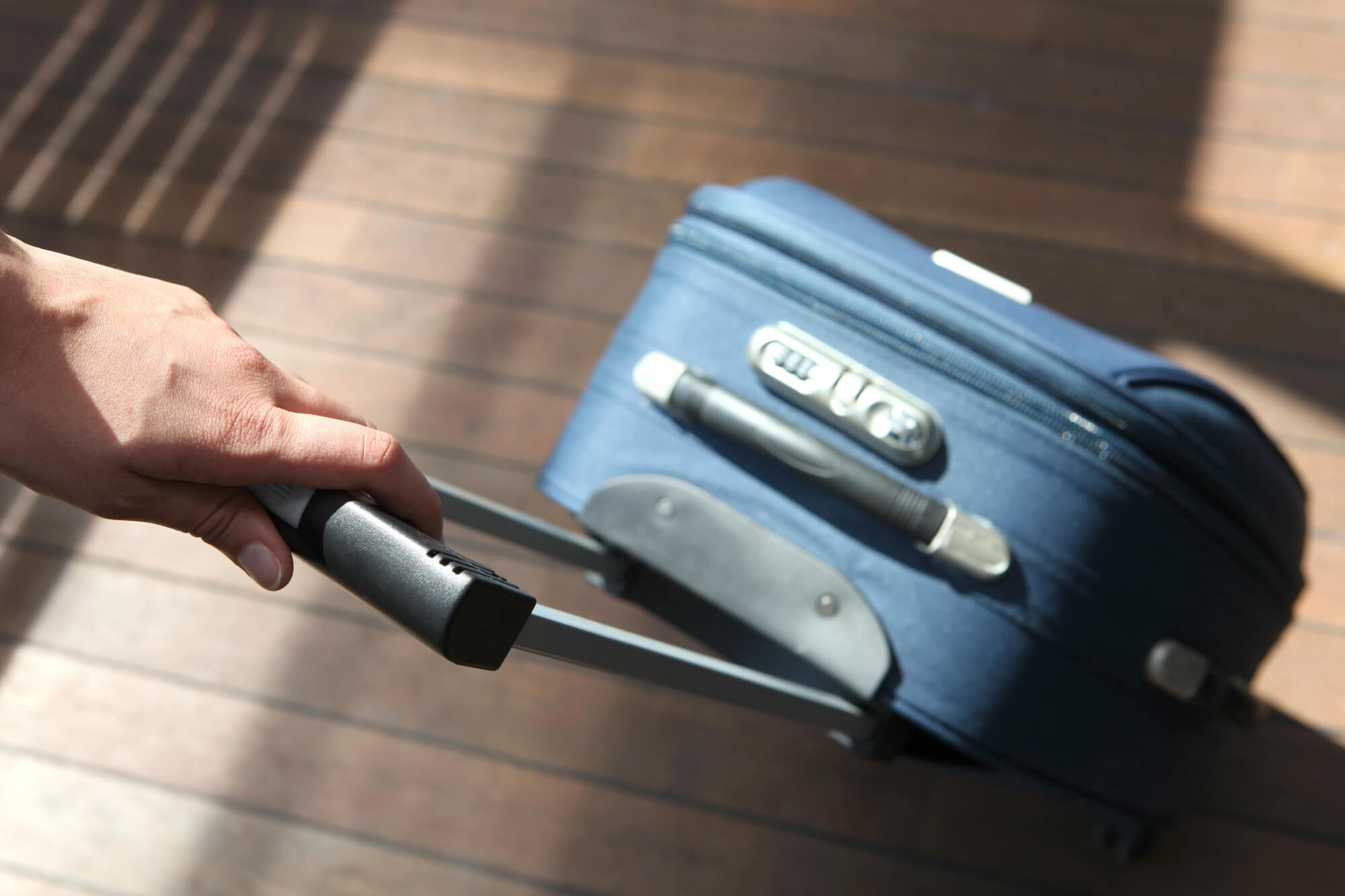The diplomatic service has traditionally been considered a male-dominated profession. However, in recent decades, this stereotype has been gradually fading. Ukraine, following global trends, is increasing the representation of women in high-level diplomacy, although this process is progressing more slowly than in many Western countries.
An ambassador holds the highest diplomatic rank and is the official representative of a state in another country or international organization. Unlike honorary consuls, who may be citizens of the host country and perform limited consular functions, ambassadors must be citizens of the country they represent and are obliged to implement the state’s foreign policy.
We examined the number of women and men serving as ambassadors and chargés d’affaires (acting ambassadors) in various countries. We decided to focus on roles with the highest level of diplomatic responsibility and visibility, thus excluding non-resident ambassadors, consuls, consuls general, deputy heads of missions, consular advisors, and secretaries (the latter positions are predominantly held by women).
Role of women in diplomacy: Ukraine and the world
Professional diplomacy was long considered an exclusively male domain. Since its establishment in the 19th century, many countries operated diplomatic services under strict rules that categorically excluded women. After World War II, women were officially granted the right to join the diplomatic service, though restrictions were introduced: female diplomats were not allowed to be married. It was not until the late 20th century that the profession began to undergo a true transformation, with women increasingly applying for roles in diplomacy.
Changes in diplomacy have led to the adoption of gender equality policies in diplomatic services (feminist foreign policy) by several leading countries. Such policies have been introduced in Sweden (2014), Canada (2017), France (2019), Mexico (2020), Spain, Libya, Germany, Luxembourg (2021), Chile, Colombia, the Netherlands, Argentina (2022), and Slovenia (2023). The European Union has declared the promotion of gender equality and women’s empowerment a key goal of its Common Foreign and Security Policy aimed at non-EU countries. The third Gender Action Plan (GAP III) is designed to ensure that the EU’s foreign policy supports increased participation of women in political, economic, social, and cultural life. The EU’s diplomatic service even has a dedicated Ambassador for Gender and Diversity. One of the principles of the Gender Action Plan is “leading by example,” which aims to establish gender-sensitive and balanced leadership at the highest political and managerial levels within the European Union.
Today, Ukraine’s diplomatic network spans 124 countries, with 67 ambassadors extraordinary and plenipotentiary and 18 acting chargés d’affaires. The Ministry for Foreign Affairs is actively seeking candidates for ambassadorial positions in Algeria, Armenia, Greece, Norway, and other countries.
Chart 1. Ukraine’s network of diplomatic missions, 2024
According to the 2023 Women in Democracy Index, the share of women among Ukraine’s ambassadors is 19%, significantly lower than the European average of 28%. Among ambassadors from American countries to other nations, 25% are women. The highest percentages are in Canada and the United States, where, thanks to the implementation of gender equality policies in diplomatic services, women hold 51% and 41% of positions, respectively.
Chart 2 illustrates the gradual increase in the share of women in senior diplomatic positions both in Ukraine and globally. In Ukraine, this figure has risen from 2% in 1998 to 19% in 2024, mirroring a global trend where the worldwide percentage increased from 6% to 22% over the same period. A significant growth in the share of women began during Viktor Yushchenko’s presidency but slowed during the revolutionary events and the onset of war in 2014. The next notable surge occurred at the start of Volodymyr Zelensky’s presidency when the share of female ambassadors from Ukraine to other countries increased from 12% to 19%.
Chart 2. Share of women in senior diplomatic positions in Ukraine and global average, %
Today, 12 women hold the positions of ambassadors of Ukraine, while three more serve as chargés d’affaires. Some of them represent Ukraine in multiple countries at once: Liubov Abravitova in South Africa and Mozambique, Iryna Venediktova in Switzerland and Luxembourg, and Kateryna Zelenko in Singapore and Brunei.
Where Ukrainian women ambassadors serve
Most countries with a high proportion of female ambassadors from Ukraine (Chart 3, Table 1) are relatively small European states, such as Switzerland, Luxembourg, Belgium, Ireland, and North Macedonia. In Northern and Central Europe, female ambassadors are appointed less frequently; for instance, 17% of Ukrainian ambassadors in Denmark are women, and 14% in Finland. In African countries, the share of Ukrainian female ambassadors ranges from 14% in Morocco to 50% in Gabon. In Latin America, it varies from 14% in Cuba and Mexico to 33% in Venezuela and the Dominican Republic.
In recent years, Ukraine’s Ministry for Foreign Affairs has appointed women as ambassadors in strategically important countries. For example, Oksana Markarova and Yuliia Kovaliv have taken on the roles of leading diplomatic missions in the United States and Canada, respectively. This is significant because, according to researcher Ann Towns, “prestigious” capitals and countries with critical security cooperation traditionally see male ambassadors dominate. In contrast, in the Caribbean and Latin American countries, a quarter of ambassadors from other nations were women (as of 2021). Since 1991, there have been only a few female ambassador appointments to Russia from any country worldwide.
Chart 3. Countries to which Ukraine has appointed female ambassadors since 1991
Table 1. List of countries to which Ukraine has appointed female ambassadors since 1991
Female diplomats have headed Ukrainian missions at least once in 27% of the countries where Ukraine has or has had representations – in 40 out of 149 countries.
From Kravchuk to Zelensky: The evolution of women’s representation in diplomacy
There is a clear correlation between gender equality in Ukrainian diplomacy and the presidency (Chart 4). During Leonid Kravchuk’s tenure (1991–1994), there were no female ambassadors at all. Under Leonid Kuchma (1994–2005), the share of women in ambassadorial appointments rose to 1.9%, while Viktor Yushchenko (2005–2010) increased it to 3.7%. However, Viktor Yanukovych (2010–2014) reduced this figure to 2%.
Petro Poroshenko (2014–2019) restored a positive trend, raising the proportion of female ambassadors to 4.7%. The most significant progress has occurred under Volodymyr Zelensky, with 21% of ambassadorial appointments being women, bringing Ukraine closer to global standards.
Chart 4. Percentage of female ambassador appointments among all appointments during each Ukrainian President’s tenure
Note: The data in this chart do not match those in Chart 1, as Chart 1 reflects the share of positions held as of a specific date, while this chart represents the percentage of appointments made during each President’s tenure. Some ambassadors are appointed to multiple countries concurrently, serving in various roles. If one person is appointed as ambassador to several countries, each appointment is counted separately.
Conclusions
While Ukraine is demonstrating positive dynamics in women’s representation in diplomacy, there is still room for growth. The experiences of Sweden, Canada, France, and the European Union—countries that have adopted principles of feminist foreign policy (equal rights, representation in decision-making, and equitable resource distribution)— highlight the effectiveness of this approach in promoting gender equality on the international stage. If current trends continue and additional incentivizing mechanisms are introduced, Ukraine has the potential to reach the average European level of women’s representation in diplomacy in the coming years.
Disclaimer
This publication was made possible with the support of the European Union as part of the project “Network of Gender Think Tanks: Capacity Development for Advanced Policy Design, Impact Assessment, Strategic Advocacy, and Specialized Policy Communications,” implemented by the Ukrainian Women’s Fund. The content is the sole responsibility of Vox Ukraine NGO. The information provided does not necessarily reflect the views of the European Union or the Ukrainian Women’s Fund.

Photo: depositphotos.com/ua
Attention
The author doesn`t work for, consult to, own shares in or receive funding from any company or organization that would benefit from this article, and have no relevant affiliations



